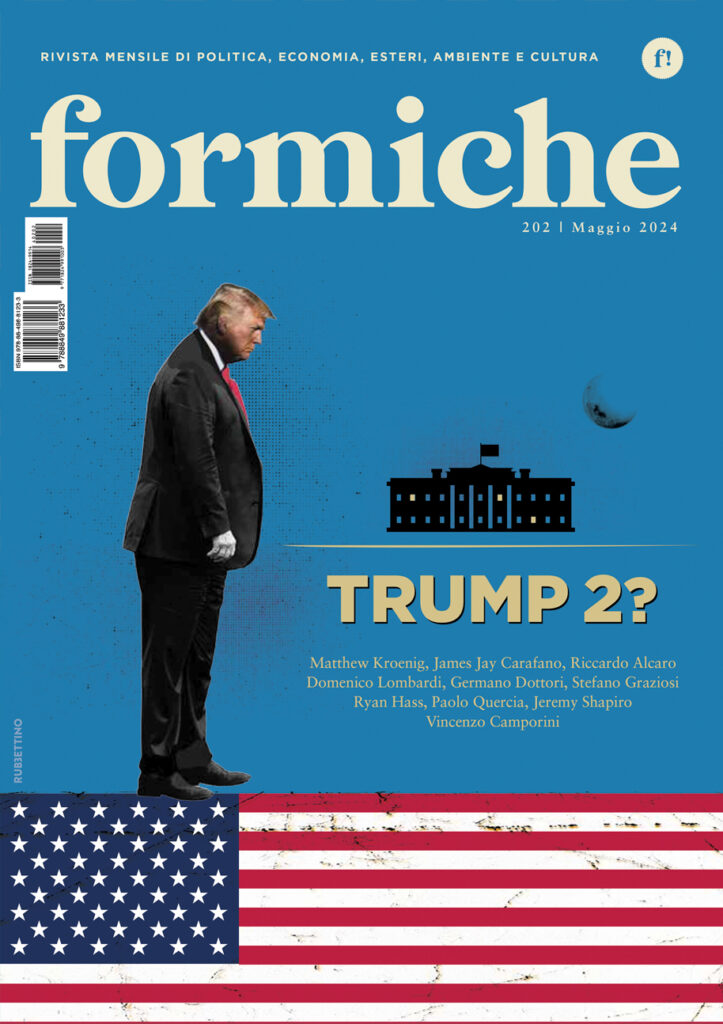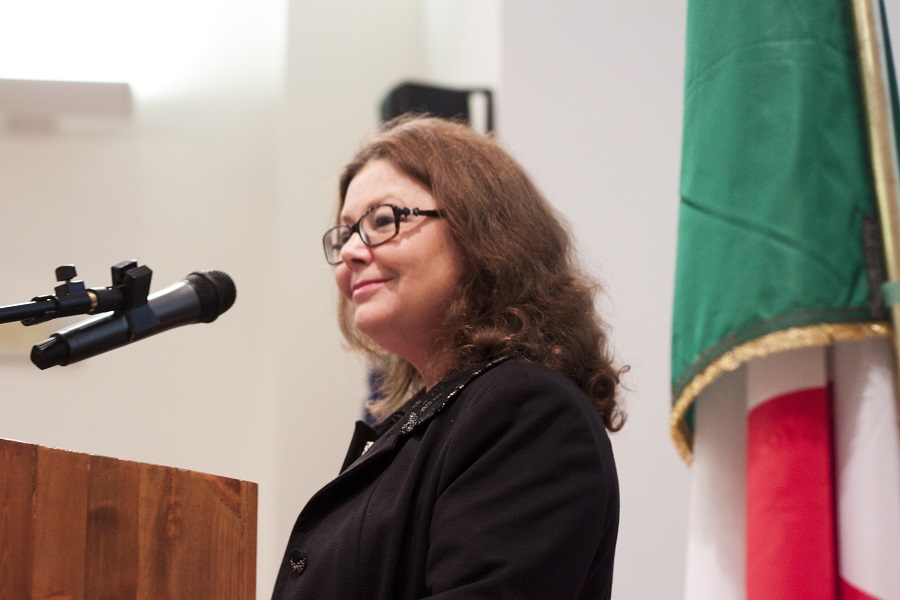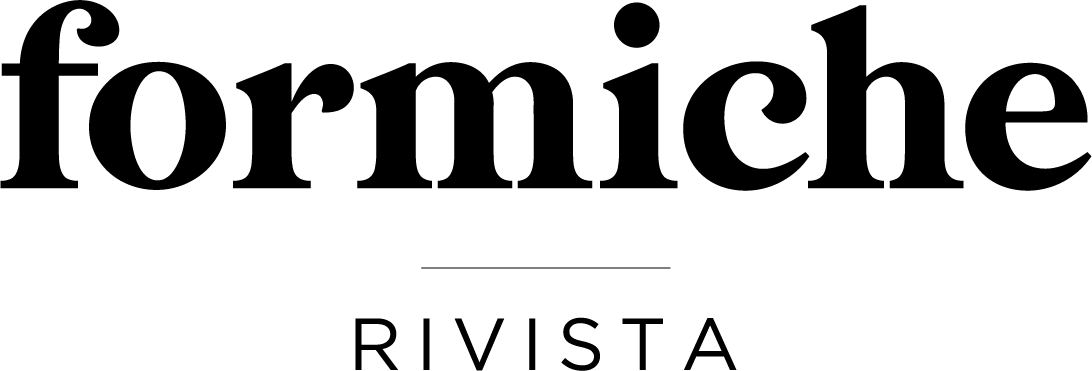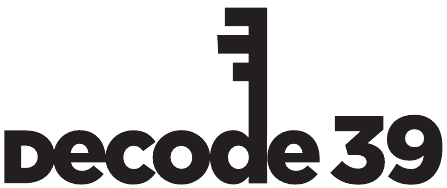I would like to thank Giovanni De Gennaro and the Centro Studi Americani for hosting today’s roundtable on “Innovation 4 Smart Solution.”
I’d also like to give a special welcome to Italy to my American compatriots.
Today’s panelists represent academia, business, and government – the model for what I would call the “three-legged stool” approach at the heart of American innovation.
Just yesterday I spoke at a promotion for one such three-way partnership, the BEST program, which sends talented young Italians to Santa Clara University to study entrepreneurship and then intern at a Silicon Valley startup.
Innovations flowing from university-based research are at the core of countless American companies, particularly in knowledge intensive industries like biotech, telecommunications, and information technology.
In the U.S., Genentech, Cisco, and Google are just a few examples.
But it is the intersection of the intellectual capital on university campuses with business and government that so often provides the stimulus for economic growth.
Di-Boss, a revolutionary building operating system about which you will hear this morning, is an example of the power of this model.
Government funding initially brought two centers of expertise together – Columbia University’s Center for Computational Learning Systems and Rudin Management, one of New York’s largest real estate companies.
In 2012 Columbia and Rudin joined with Finmeccanica’s subsidiary Selex to bring a world class systems integrator into the partnership.
What we have today is a dynamic collaboration between two countries and multiple sectors addressing the problems of intelligent buildings and smart cities with solutions which are fundamental to growth in both of our countries.
We at the American Embassy are very pleased to showcase this collaboration. It is an example of how our two countries can share their expertise and develop important projects for the future.








